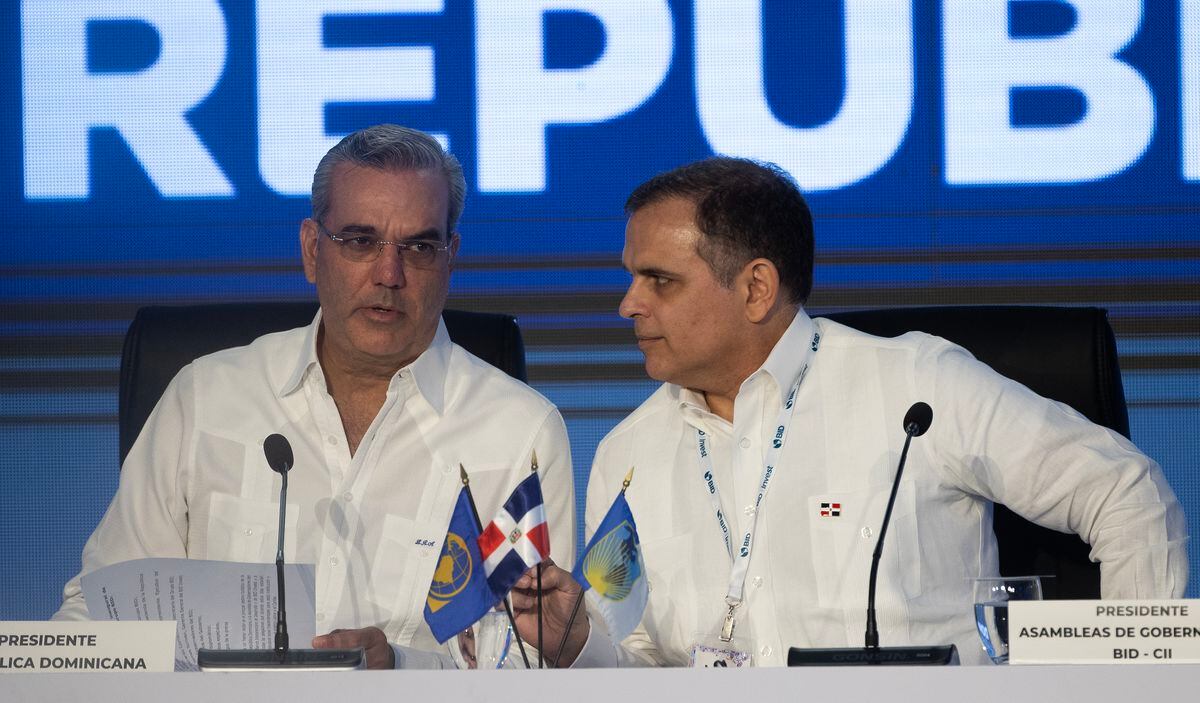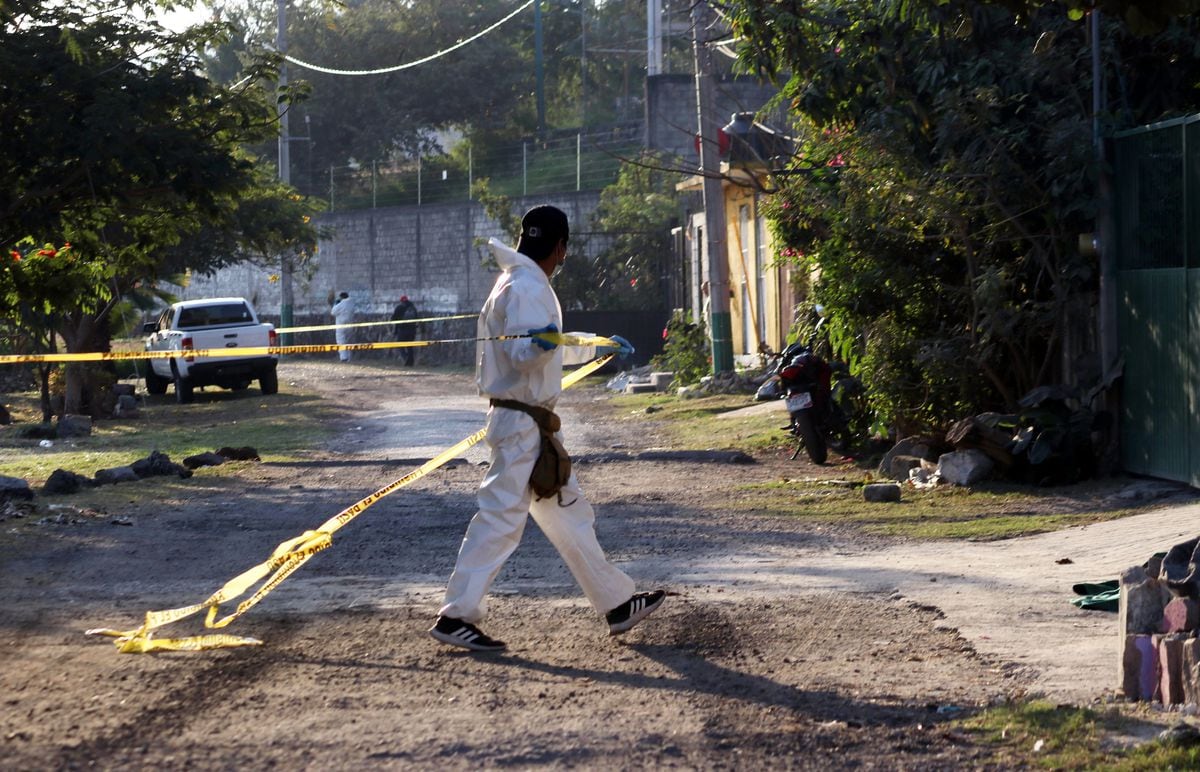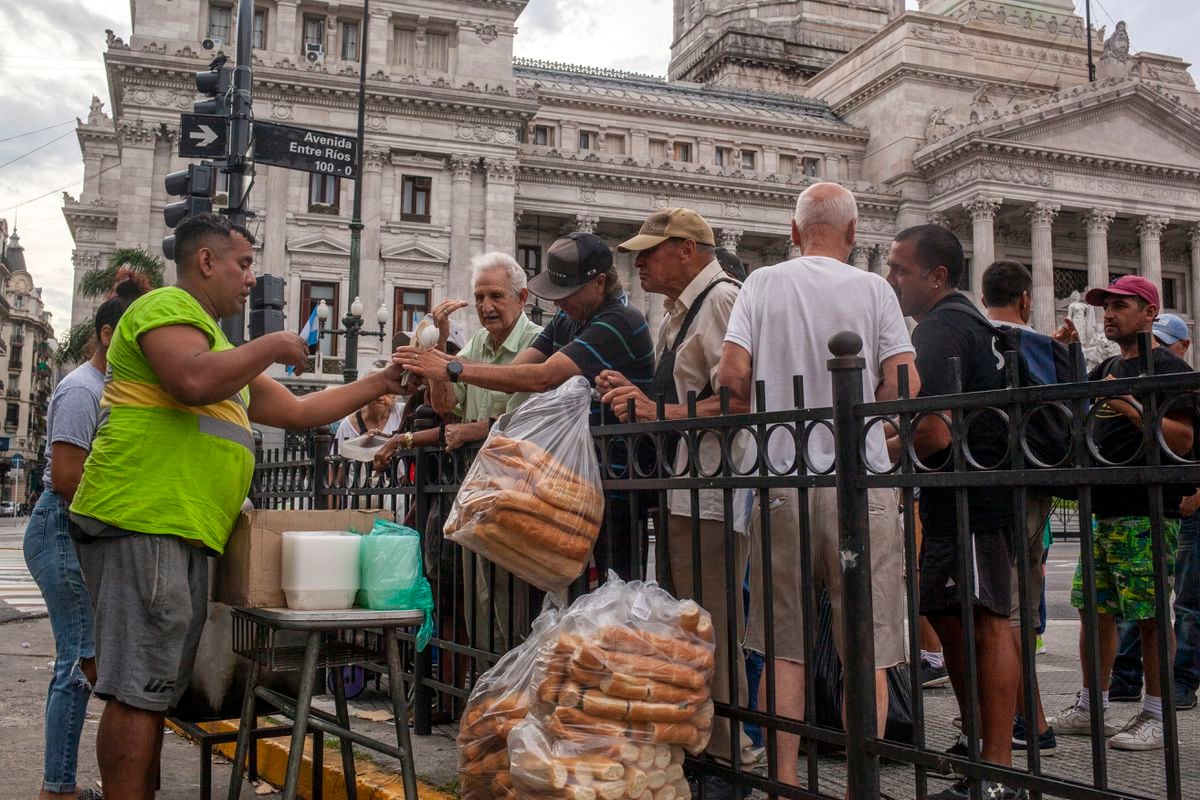Despite the fact that the economies of Latin America and the Caribbean have recovered their pre-pandemic levels so far this year, the specter of inflation, high interest rates, and the uncertainty caused by the Russian offensive in Ukraine threaten to cloud the economic horizon. in the region for the next two years.
The World Bank forecasts that, due to the rise in the prices of raw materials, Latin American GDP will grow 3% in 2022, a higher rate than previously made forecasts.
However, by 2023 the agency estimates that the regional economy will fall to 1.6% and in 2024 it will drop to 2.3%.
"The prospects for Latin America and the Caribbean for the next two years remain low, similar to the lackluster rates observed in the 2010s," the institution says in its most recent report,
New Approaches to Closing the Tax Gap
.
The World Bank details that, for now, the general rise in the prices of raw materials has been an opportunity for regional exporters such as Argentina, Brazil, Chile, Colombia, Ecuador and Peru.
However, raw material costs are expected to fall by 10% next year.
In addition, the financing rate of the US Federal Reserve has already risen 1.5%, and the conflict in Ukraine, together with the persistent recession in China, will reduce exports in the coming months.
“All this points to a reduction in growth rates by 2023 in Latin America.
These growth rates are low and not enough to make a dent in poverty.
All of this suggests, if not a growth trap, at least a stubbornly mediocre performance," warns the agency in its report.
“The situation in the region in the last two years has been extremely difficult, after the pandemic facing the war in Ukraine, we are going to continue with a very difficult situation and we are going to see higher interest rates in the United States, but we see the more resilient region, with stronger banking systems than 20 years ago,” admitted William Maloney, World Bank Chief Economist for Latin America and the Caribbean.
Even in the face of the adverse scenario, the agency's spokesman ruled out a scenario of recession in the United States.
By country, the World Bank forecasts a growth of 2.5% for the largest economy in the region, Brazil, in 2022, however, for the following year it reduces its outlook for this country to 0.8%.
In the case of Argentina, this year it calculates a GDP of 4.2% and 2% for 2023;
while Mexico places it with 1.8% at the end of 2022 and reduces its growth to 1.5% for the following year.
For Colombia, the GDP forecast is 7.1% for 2022 and 2.1% in 2023.
The report states that Latin American countries must carefully analyze their public spending and tax policy options to promote equity and avoid potential adverse effects.
This includes improving the efficiency of spending: on average, 4.4% of GDP is wasted on misdirected transfers, poor public procurement, and inefficient human resource policies.
The agency points out that although employment seems to have returned to pre-pandemic levels, this relatively benign outlook could be hiding a less favorable dynamic, taking into account, for example, the abrupt increase in migratory flows within the region and towards the border. In addition, it emphasizes that with the recovery, poverty rates practically returned to levels before the health crisis, decreasing from 30% in 2021 to 28.5% in 2022, the impact of the pandemic on the long-term poverty and inequality has not yet been addressed.
“Most economies have recovered to their pre-pandemic levels, but this is not enough.
The countries of the region have the opportunity to rebuild better after the crisis and achieve fairer and more inclusive societies,” added Carlos Felipe Jaramillo, World Bank Vice President for Latin America and the Caribbean.
“In addition to putting in place the reforms and investments needed to accelerate growth, governments must face the structural costs: the years of schooling lost, the vaccines not provided and the delayed impact of food insecurity that the recovery of GDP masks”, concludes the document.
Subscribe here to the EL PAÍS América
newsletter
and receive all the key information on current affairs in the region

/cloudfront-eu-central-1.images.arcpublishing.com/prisa/7AMWJQZFTBAL5DRZORN27J5AEY.jpg)
/cloudfront-eu-central-1.images.arcpublishing.com/prisa/EMYXC3EVHNEG3OJHGIQCB2IVYA.jpg)
/cloudfront-eu-central-1.images.arcpublishing.com/prisa/2C5HI6YHNFHDLJSBNWHOIAS2AE.jpeg)

/cloudfront-eu-central-1.images.arcpublishing.com/prisa/MYQ5IMFXJZF4NGVYA5PCRZJJCM.JPG)


/cloudfront-eu-central-1.images.arcpublishing.com/prisa/D6BPFYE4B5FMJAMYWLMWT3HYGQ.jpg)
